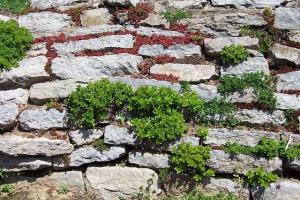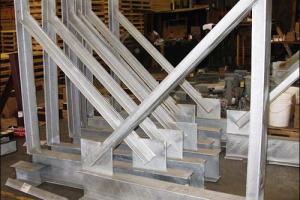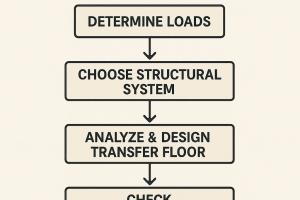Types of Coastal Structures

Types of Coastal Structures
Following are the few types of Coastal structures:
- Sea walls and groynes
- Culverts and stormwater pipes
- Cables
- Boat ramps and launch access
- Fencelines and posts
- Wharves and jetties
- Buildings and Maimai
- Bridges, causeways, and fords
- Dump sites and derelict structures
- Marine farms
1. Sea walls and Groynes:
Also See: Structural Design Criteria for Coastal Structures | Environmental Effects of Coastal Structures
Sea walls are vertical or near-vertical structures constructed along the coastline to provide protection against wave action and coastal erosion. Groynes are long, linear structures built perpendicular to the shoreline. They trap sediment and help maintain or build up beaches.
2. Culverts and Stormwater Pipes:
Culverts and stormwater pipes are drainage structures used to convey stormwater runoff from inland areas to the ocean. They are designed to prevent flooding and control the flow of water along the coast.
3. Cables:
Cables are used in coastal areas for various purposes, such as transmitting electricity, telecommunications, and offshore infrastructure like underwater power transmission lines or submarine communication cables.
4. Boat Ramps and Launch Access:
Boat ramps and launch access points are constructed to provide safe and convenient access for launching boats into the water. They often include concrete or paved surfaces and may be equipped with facilities like parking lots and boat docks.
5. Fencelines and Posts:
Fencelines and posts are commonly used along the coast to mark boundaries, provide security, and control access to certain areas. They can be made of various materials like wood, metal, or wire.
6. Wharves and Jetties:
Wharves and jetties are structures built into the water to facilitate loading and unloading of cargo, passenger boarding, or fishing activities. They extend from the shore and provide a platform for vessels to dock.
7. Buildings and Maimai:
Buildings along the coast can include residential, commercial, or recreational structures such as beach houses, hotels, shops, or visitor centers. Maimai refers to small huts or shelters used for hunting or observing wildlife.
8. Bridges, Causeways, and Fords:
Bridges, causeways, and fords are constructed to provide crossing points over water bodies along the coastline. They facilitate transportation and connect different areas, islands, or peninsulas.
9. Dump Sites and Derelict Structures:
Dump sites and derelict structures refer to areas where waste materials or abandoned structures accumulate along the coast. Proper management and remediation are essential to prevent pollution and maintain the coastal environment.
10. Marine Farms:
Marine farms, also known as aquaculture or mariculture facilities, are used to cultivate and harvest marine organisms such as fish, shellfish, or seaweed. They can include net pens, fish cages, oyster beds, or seaweed farms.
These are just a few examples of the types of coastal structures that are commonly found in coastal areas. The specific types and designs of structures depend on the specific coastal environment, local needs, and regulations governing coastal development.












